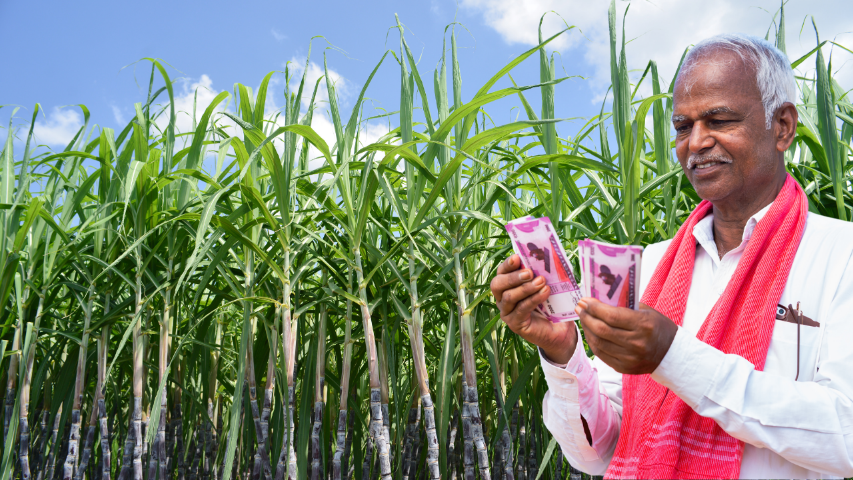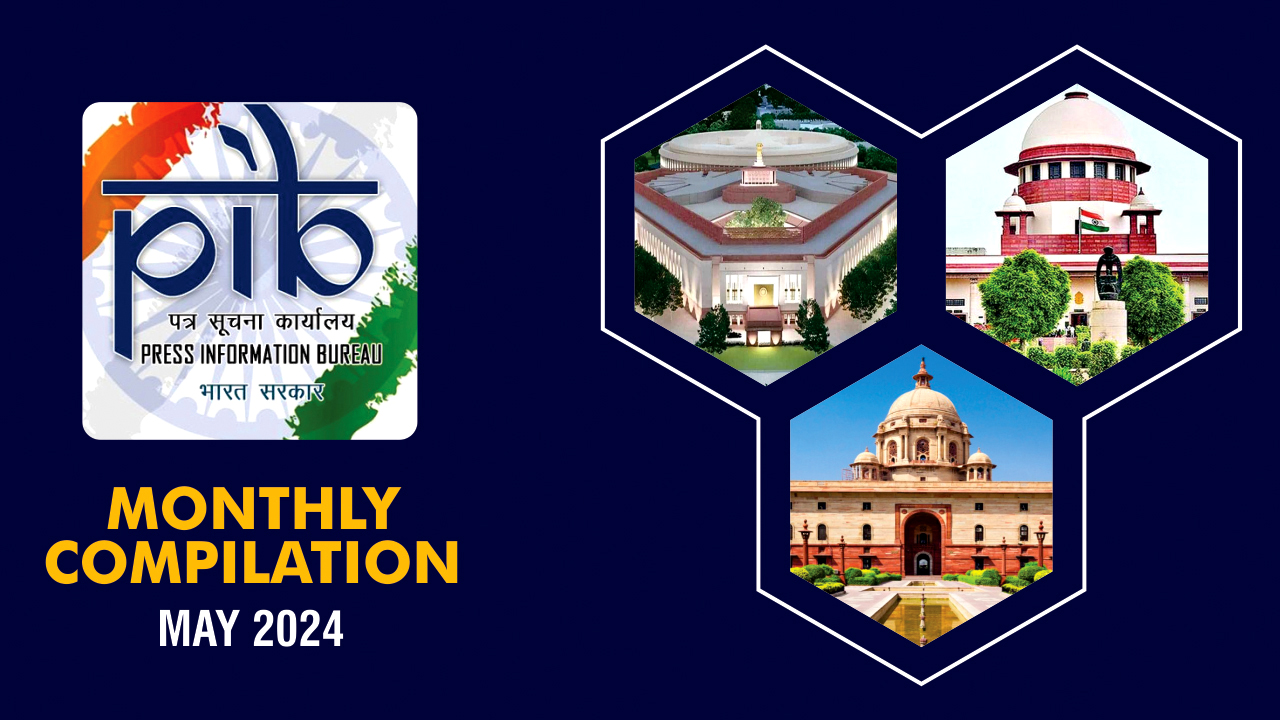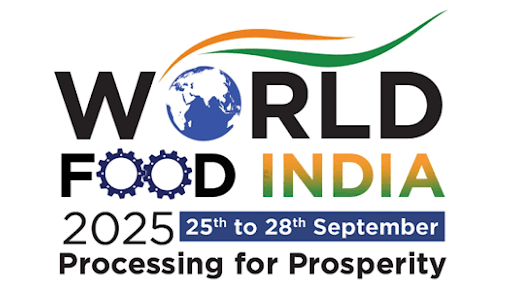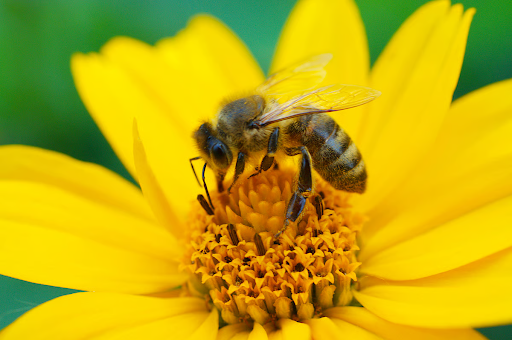Description

Disclaimer: Copyright infringement not intended.
Context
- The US and Australia have brought attention to India's alleged violation of subsidy limits set by the WTO's Agreement on Agriculture (AoA), suggesting that such practices could distort global trade dynamics.
- Recent submissions to the WTO's Committee on Agriculture scrutinize India's sugarcane subsidies over a four-year period (2018-19 to 2021-22), indicating a consistent pattern of subsidies exceeding the permissible threshold of 10%.
MUST READ ARTICLE TO UNDERSTAND THE BACKGROUND:
WTO AGRCULTURAL SUBSIDIES: https://www.iasgyan.in/daily-current-affairs/wto-agrcultural-subsidies
WRO FARM SUBSIDIES ISSUES: https://www.iasgyan.in/daily-current-affairs/wto-farm-subsidies-issue
FRP AND SAP: https://www.iasgyan.in/daily-current-affairs/fair-and-remunerative-price-frp-15
Calculation Methodology and Dispute
Calculation of Subsidy (AMS):
- The report adopts a methodology recommended by a WTO panel, which previously ruled against Indian sugar subsidies for the period 2014-15 to 2018-19.
- This methodology intricately considers India's Fair and Remunerative Price (FRP) for sugarcane, acting as a minimum price for sugar mills, along with the State-Advised Prices (SAPs) in specific regions.

Data and Analysis
Market Price Support (MPS) Figures:
- India's MPS for sugarcane in the years 2018-19, 2019-20, 2020-21, and 2021-22 stood at $15.9 billion, $14.6 billion, $16.5 billion, and $17.6 billion, respectively.
- These figures consistently exceeded 90% of the value of sugar production each year, significantly surpassing the permitted level of 10%.
Calculation Methodology Critique:
- The analysis incorporates the entirety of sugarcane production in India for subsidy calculation, irrespective of whether the sugarcane was ultimately delivered to sugar mills for crushing.
India's Rejection and Appeal:
- India contested the WTO panel's classification of FRP and SAPs as market price support under the AoA.
- The subsequent appeal halted the adoption of the panel report by the WTO Dispute Settlement Body due to the inactive status of the Appellate Body.
Resolution Challenges:
- With the WTO's Appellate Body remaining inactive, decisions on appeals, including India's, are pending until its restoration.
|
PRACTICE QUESTION
Q. Examine the challenges posed to India by its subsidy issues in compliance with the WTO's Agreement on Agriculture (AoA), and elucidate the imperative for concluding the Doha Round negotiations. How can India navigate towards a permanent solution to address its food security concerns while safeguarding the interests of its farmers?
|
SOURCE: thehindubusinessline









